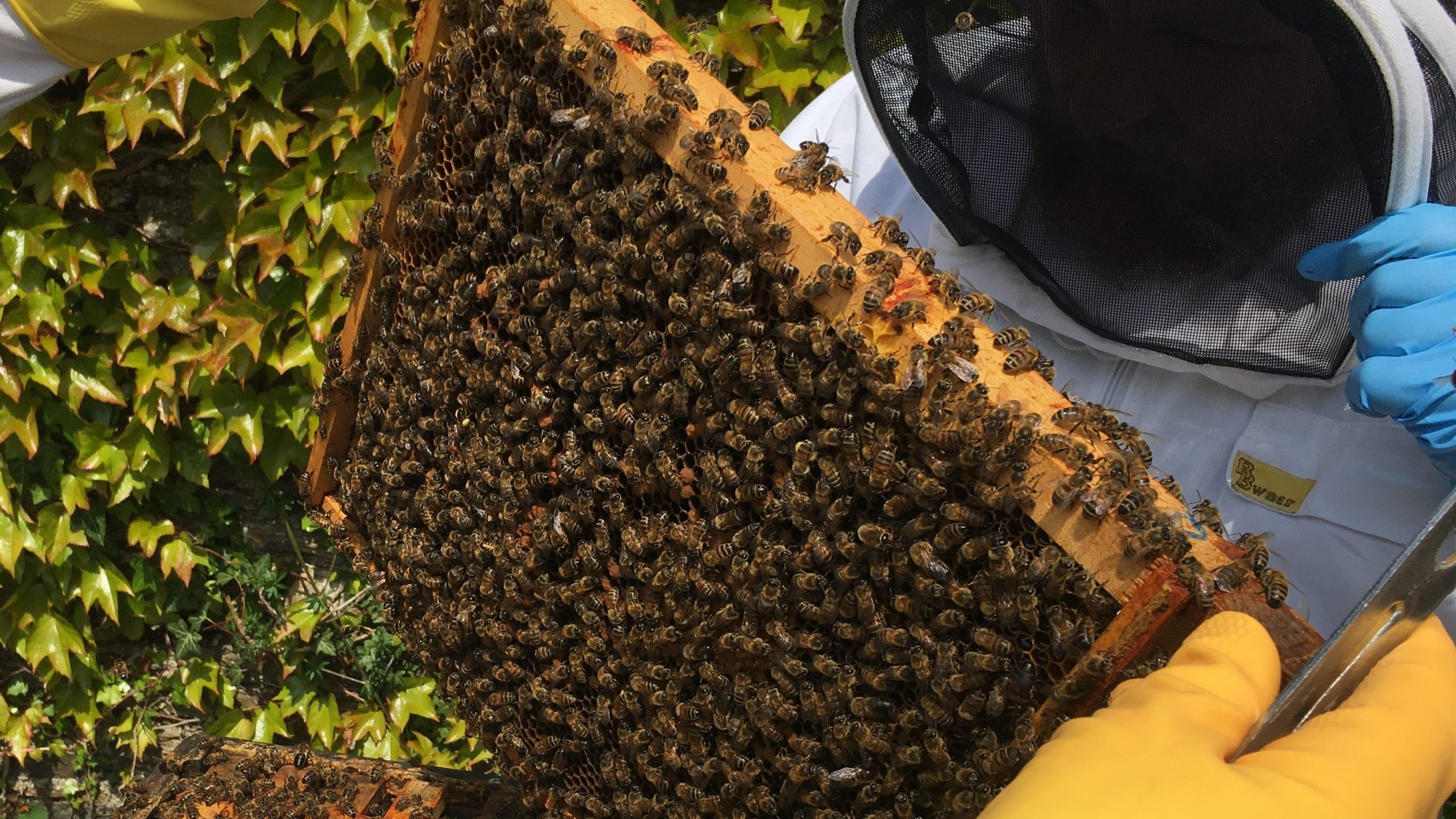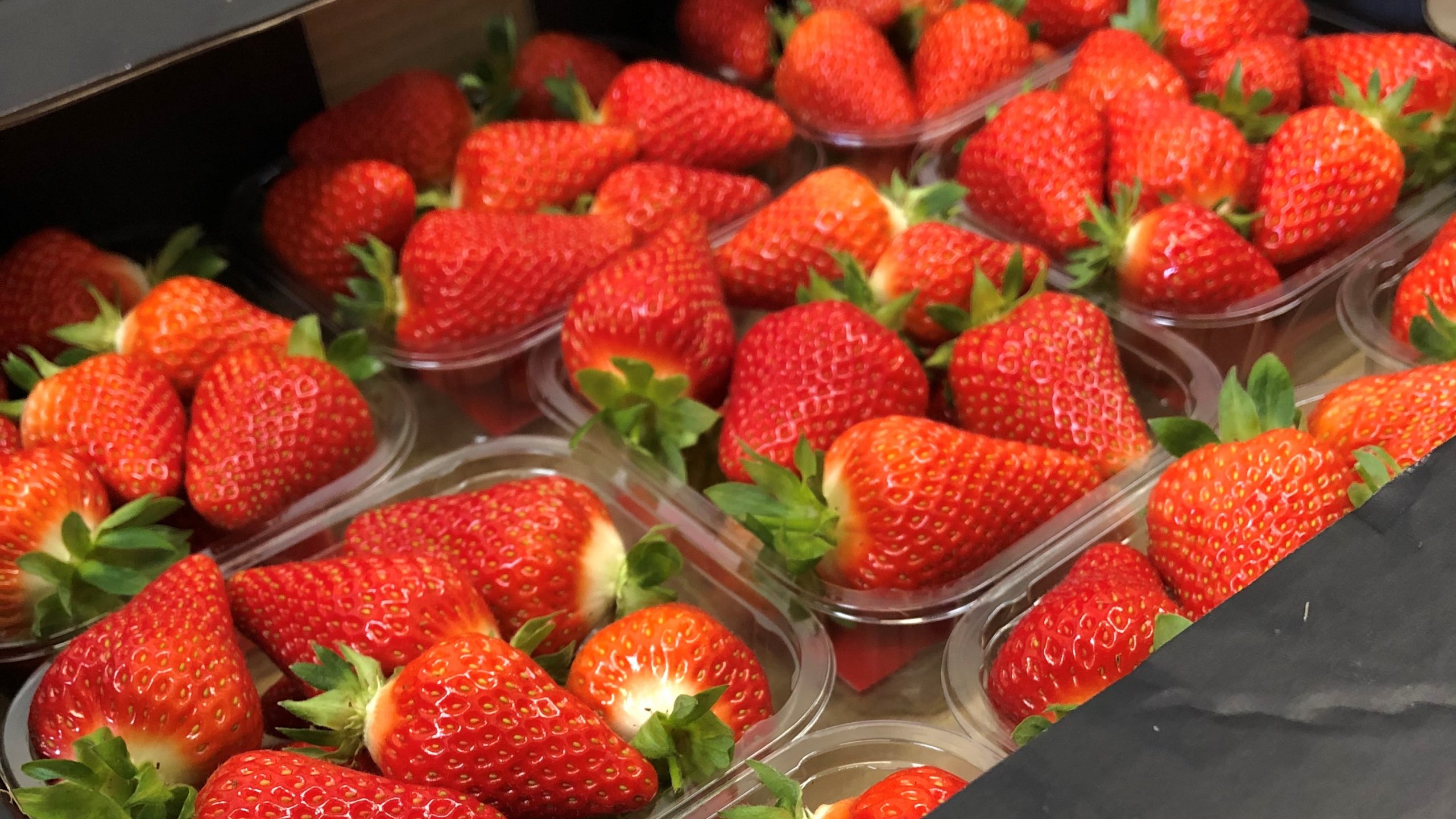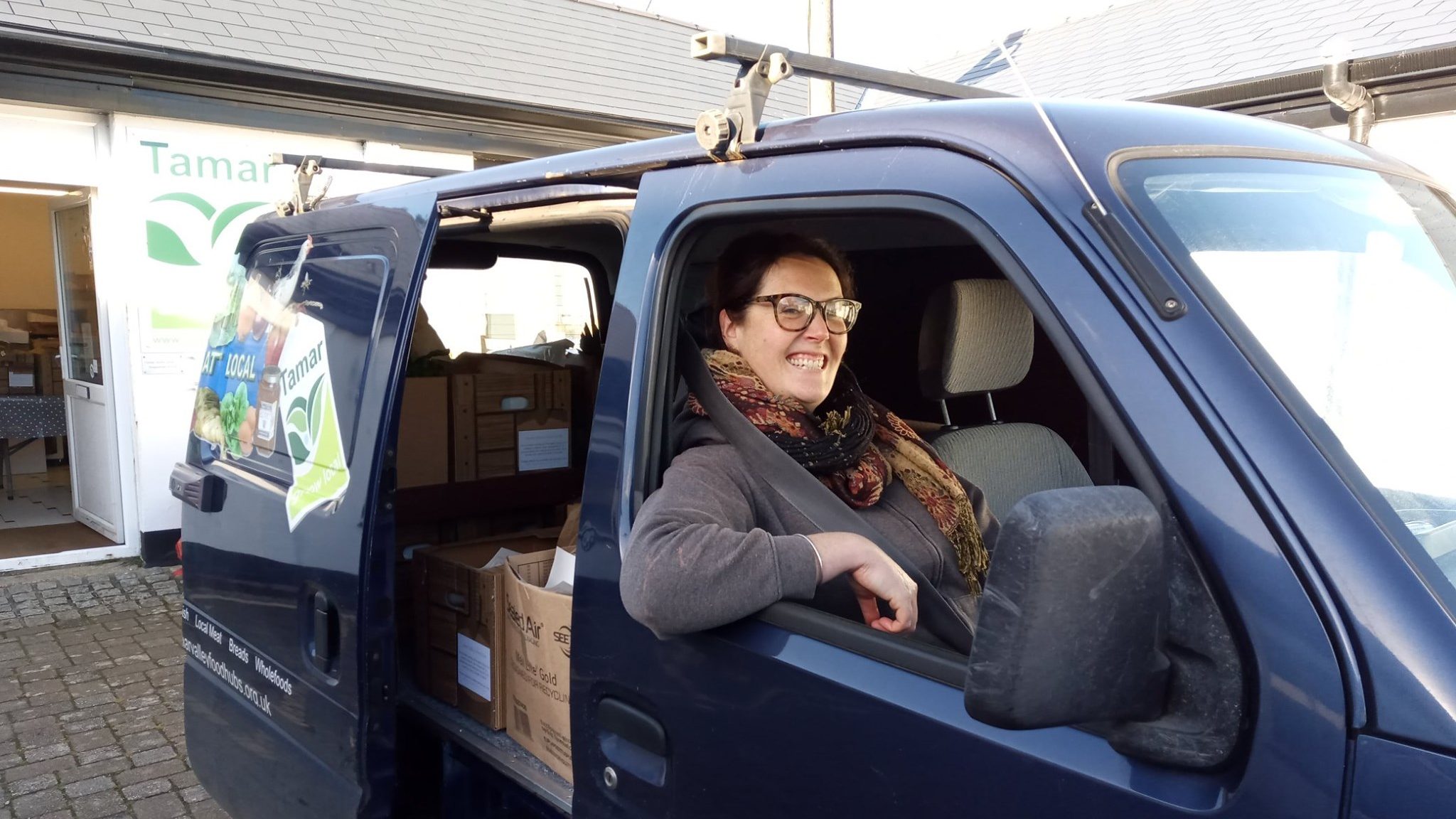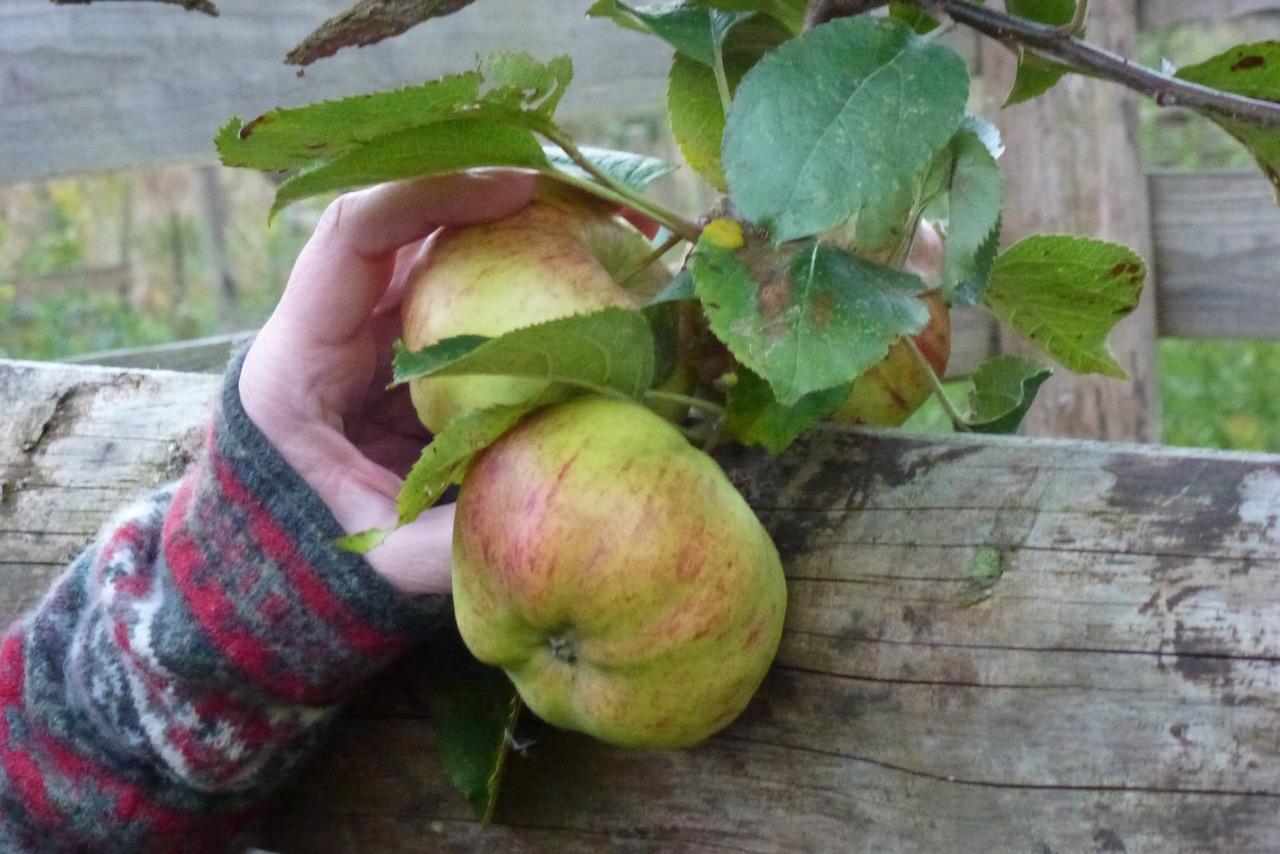Case Studies
Tamar Valley Food Hub
Key Facts
Tamar Valley Food Hubs are one of the co-founders of OFN in the UK.
Producers are at the heart of everything.
| Established in | 2013 |
| Company type | CIC |
| N° of employees | 9 part-time staff |
Background & values
Tamar Valley Food Hub (TVFH) is part of, and central to, Tamar Grow Local (TGL). It’s not just a vehicle for selling produce but has a lot of links to all other aspects of the wider organisation.
Their main focus is to support growers in having sustainable livelihoods and helping new entrants into farming through a farmstart project, where produce can be sold through the food hub.
Another part of the project is the community orchard, where apples are shared between members or processed into apple juice, chutneys and jams. Pre-pandemic TGL also occasionally hosted events within the orchard.

Photo of the River Tamar, courtesy of TGL.
It’s part of an attempt to create a resilient food system in Tamar Valley, integrated with all aspects of the food system. We started in 2013 with a small amount of grant funding. We tried to sort out supply and demand between producers and customers as we needed a good fit for developing and growing the food hub.
Enterprise structure
TGL employs 9 part-time people: Claire is food hub admin (she processes all the orders and works out delivery routes); Sara does the accounts and keeps an overview on things; Rachael does public relations and communications; Nicky manages the dispatch/collection of orders; and Erica is responsible for checking chilled food on the hub’s delivery day.
Simon is responsible for strategic decisions. As part of his work, he keeps in contact with other members of South West Good Food Network: a group of food hubs across Devon and Cornwall who share suppliers in order to offer a better range of products to shoppers and, in turn, build hub turnover.
On the food hub delivery day the team are joined by a mix of volunteer and paid drivers. TVFH owns 3 vans, but they also hire 5 self-employed drivers, with their own vehicles, so the team is expanding.
Friday is the busiest day, as they can
The journey
In the early days – Sara told us – they were concerned whether they were going to ever get there and if there was any point. Determination and tenacity were key factors in their success.
As of now, we have managed to find our optimum size. It’s difficult to grow any more, due to various constraints. We have thought about another day a week but producers don’t want to send produce two days a week. We have thought about starting earlier but we don’t want to compromise on the freshness of the product. We have to tweak all the time. It’s really hard to reinvent the delivery cycle.
On finding OFN, Sara recounts:
After we had been using the Stroudco open source software for 2 years, we found it wasn’t supported or going anywhere, so when Stroudco joined OFN so did TVFH and became a co-founder member of OFN UK.
The COVID-19 pandemic helped give TVFH the final push to get to the positive place they are today, but even before March 2020 they were progressing that direction.

Photo of Sara Rock, courtesy of TGL.
For TVFH, getting through March-June 2020 Covid-19 response was astonishing.
We achieved virtual miracles in very short timescales; being able to sustain it and retain customers. What really helped were the OFN marketing webinars with Kay, and joint partnership with local stakeholders.
Sara hopes that their food hub has contributed towards making local and organic food become more mainstream in society.
Although they are immensely proud of what they have achieved, weekly struggles remain: uncertainty over the availability of their delivery vans and drivers being one of their current day-to-day challenges.
Governance

A typical box of produce ordered by a customer. Photo courtesy of TVFH.
TGL is governed on three levels: a board which meets monthly and steers high level strategy; the paid team of employees who make daily decisions by consensus (they adopt a flat management structure); and finally the wider community (suppliers, locals and shoppers), who are encouraged to offer suggestions. The food hub occasionally canvases customer opinion by email but they also welcome feedback by a form on their website or in person at any time. It was shoppers’ suggestions that motivated them to recently adopt paperless invoicing.
The biggest source of conflict at TVFH comes from suppliers not delivering the correct products or being chaotic and difficult to communicate with. Occasionally they have had to stop stocking items from a producer when the producer was not able to fit with the processes of the food hub.
Within the team, however, there is very little conflict. Any differences of opinion are quickly aired and worked out.
Logistics
Order cycles
TVFH contributed a whole webinar on order cycle organisation: a week in the life of a food hub (you can find it here). For them, tenacity is the key as well as exchanges with other food hubs:
Laura from In My Back Yard visited us and went away with lots of ideas. We want to ensure that people aren’t reinventing the wheel!
The only externally-sourced stock of non-perishable goods that TVFH holds is a bulk Essential order (about £1000/week). They also have a large stock of their own apple juice and of honey from local bee-keepers. OFN is the only sales outlet for TVFH apple juice.

Beekeeping as part of a project run by TGL. Photo courtesy of Dale Wood.
Of their ~150-200 weekly orders, around 15-20 customers collect directly from the warehouse while some other shoppers come to pick up items from various collection points, e.g. a customer’s barn and a local post offices. All the rest (60%) are home delivery. TVFH vans are not just used on Fridays, but are also employed on other TGL projects such as ‘Grow Share Cook’ and ‘New Home New You’. The former is a Covid-19 response to food insecurity, while the latter is a scheme run by Plymouth Community Homes providing tenants with 3 months of free veg in their new home.
Handling food waste
TVFH has a waste contract with Virador. The amount they recycle is three times that of rubbish/landfill generated by the hub. There’s not much food waste but the small amount there is, (mostly from local wholesalers) is taken away for composting.
Some “waste” that accidentally comes back in food hub boxes, such as socks, are returned to customers!
Supplier relationships

The Tamar Valley is renouned for its strawberries. Photo courtesy of TVFH.
Many people approach TVFH asking to become producers, so TVFH now has a form for potential producers to fill in to request to join. They’re always looking for suppliers to fill gaps in their product range; thus reducing customer reliance on supermarkets for grocery shopping.
Choosing producers
In the case of more than one producer wanting to supply similar products, TVFH encourages the producers to identify points of difference. For example, by offering different quantities or different packaging. They also curate negotiation around pricing and to avoid price wars they make everyone aware of the price others are selling at to ensure fairness. They tend to source locally and regionally but go further afield (i.e. Spain) for some products.
We’re all about wider range, ethical, seasonal, local and affordable but some things just don’t grow well locally e.g. carrots so we have to extend the geographical range. We try to have an offer that suits all price ranges and tastes.
In TVFH’s experience, producers would rather not get involved in decision making processes. None of the TVFH directors are producers.

TGL apple juice. Photo courtesy of TVFH website.
To build community TVFH send a regular newsletter to producers and they constantly promote each other through social media. They also see producers in person quite regularly.
Many of TVFH suppliers sell in other places in addition to the hub. This means that managing stock levels can be difficult.
We need a better way of sorting out inventory and stock levels and would be very useful to have a way of dealing with this through OFN.
Tools & equipment
Tools
The essential tools that they own are:
- A racking system, which cost around £2,500
- 3 vans
- A walk-in cold store
- 2 large chest freezers
- 2 domestic-sized fridge-freezers
- 3 big larder freezers
- 1 pallet truck
- 4 shelved trolleys
- Lots of stackable and foldable boxes
- Supermarket style crates
- Cool bags lined with single use, compostable bags to minimise wastage whilst maintaining hygiene. (The cool bags are also santised between use.)
- A printer and labels for labelling orders.

Customer boxes awating collection after being packed on a Friday morning. Photo courtesy of TVFH.
The rented warehouse unit is 15 m x 9 m, with an upstairs office. TVFH have collapsible tables which are set up on a Friday for produce to be sorted on delivery. Around the walls there are shelves where customers’ boxes are laid out.
Software
Aside from OFN, TVFH employs Microsoft software (mainly Excel for spreadsheets) and Mailchimp (for newsletters) for business management.
For card payments they use Stripe, Paypal and iZettle (for shoppers paying on collection).
For accounting TVFH uses Quickbooks online. All invoicing happens through OFN and so far they have chosen not to integrate Quickbooks with OFN. Instead, their accountant is happy with reconciling the two records of sales- Quickbooks and OFN- at the year end.

Photo from a farmstart project, part of TGL, courtesy of Rose Riedel O’Brian.
Better route planning tools would be a big efficiency improvement:
We have tried to use OptimoRoute for deliveries but an integrated logistics software in general would be the dream to make deliveries more effective! Being able to plan different routes is useful, as not everyone orders every week which creates difficulties.
On OFN TVFH reflect
OFN is definitely cost effective and I love being part of a global movement! It’s great for customers placing orders. But I spend most of my time helping producers to manage stock. It would be even better if it was easier for producers to manage their own profiles, it just needs to be far more straightforward for them. We end up doing the work and dealing with their mistakes!
It has been really helpful that you can now just click on a button for a refund, it saves hours each week!
TVFH has made a conscious decision to ensure that multiple people in the team are familiar with all software so that everyone knows a bit of everything and can slot in to cover for each other.

Rachael in a TVFH van starting out on a delivery round, Jan 2020. Photo courtesy of TVFH Facebook.
Business model

TVFH add 18% on local produce and 30% on wholefoods. In cases where producers don’t want to offer a wholesale selling price, TVFH considers reducing its margin. Overall, the
The accounts of TVFH and TGL are integrated, meaning that it is difficult to assign a value specifically to food hub overhead costs. The revenue is very high this year (turnover just over £300,000, 2020).
Legal & financial advice
A local accountancy firm does the payroll for TGL.
TVFH is looking to increase the level of in-house knowledge and accreditation on food manufacturing, such as training on HACCP and SALSA.
Customer relationships
TVFH have both wholesale and retail order cycles.
Communication
TVFH customers are generally very engaged. The hub maintains a weekly email newsletter (you can sign up here) as well as several social media accounts; Facebook being their preferred platform.
A local village newsletter is the only paid for advertising; other options have proved unsuccessful in the past. Plymouth City Council and Plymouth Community Homes also help with local publicity.

Photo courtesy of TVFH.
However, TVFH still finds that word of mouth recommendation is better than any official ‘advert’. To aid this TVFH has a ‘refer a friend’ cashback scheme: the introducer and the friend receive a £5 refund on their orders.
The food hub also identifies customers who stop shopping, with the aid of OFN reports.
We contacted them with direct emails and it was very interesting feedback. We acted upon it and replied to them. We also email new customers every week to show how everything works.
Community engagement
In their experience, being firmly embedded in the local community really helps to retain local customers and stand out from pop-up veg delivery schemes. The pick-up points are especially all about community involvement.
Measuring impact on the local community
The main measure is the amount of money put back into the local economy, which is important for producers and livelihoods.
A short quirky promotional video made for Tamar Valley Food Hub by Better Food Traders.
Follow TVFH on social media:
Getting help from OFN

Apples growing in the TGL community orchard. Photo courtesy of TVFH website.
OFN support if always fast, efficient and friendly.
The only problem is that when customers have issues with their order, sometimes instead of contacting TVFH they go to OFN support. It needs to be more obvious for customers to contact TVFH rather than OFN for customer service issues. Sara commented:
…the tone and replies and level of patience towards customers is lovely.
Webinar recordings
Click here to watch the recording of our webinar where Rachael from TVFH and Rosie from Bowhouse Link review their learnings from 2020 Christmas trade.
Rachael shares how TVFH is working to promote food equality in a webinar hosted by OFN UK, 2020. Click here to watch.
Click here to watch the recording of a webinar in which Sara and Rachael share their top tips for increasing customer basket spend, and hence TVFH profitability.





